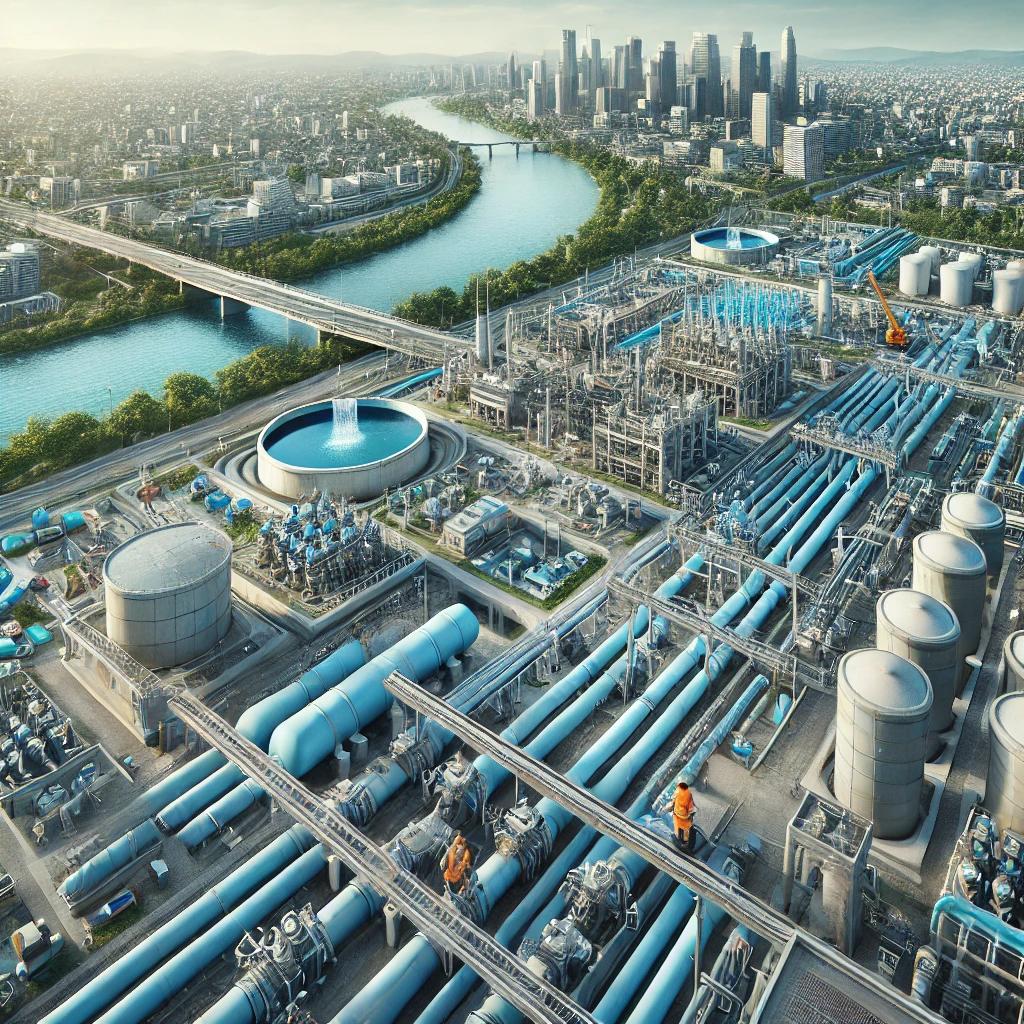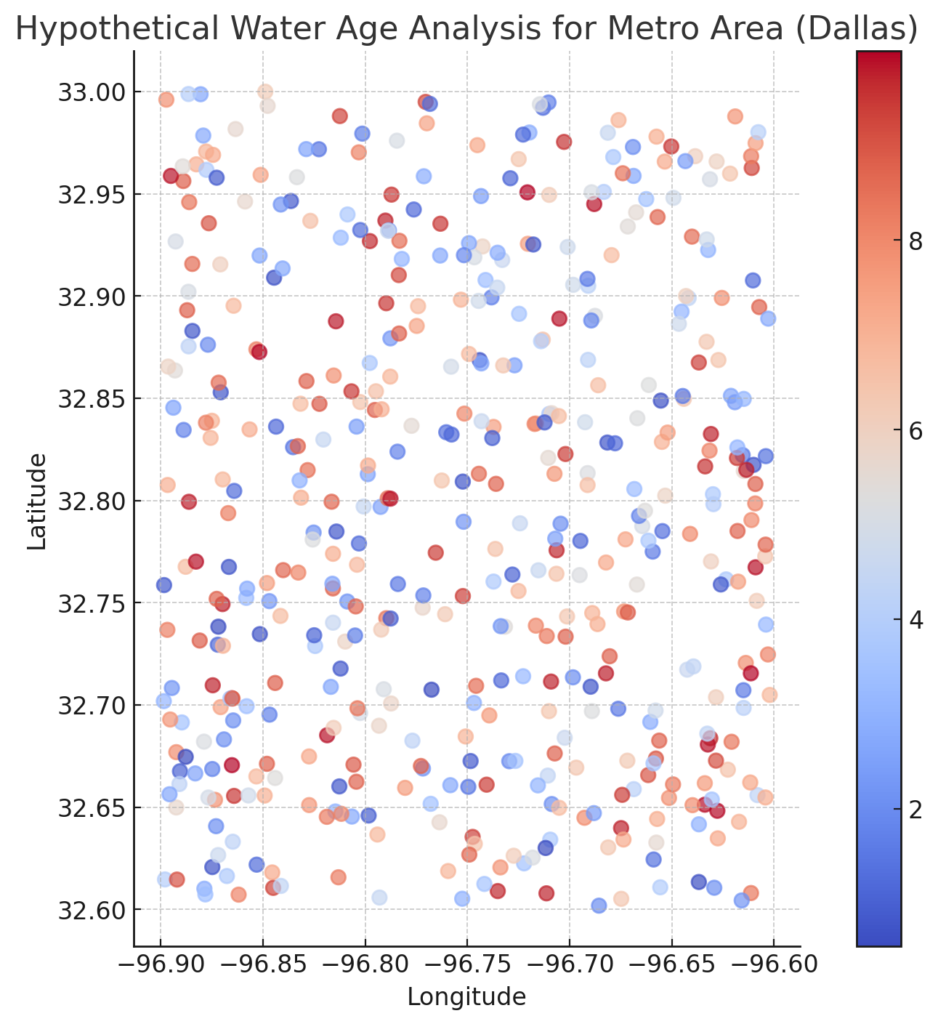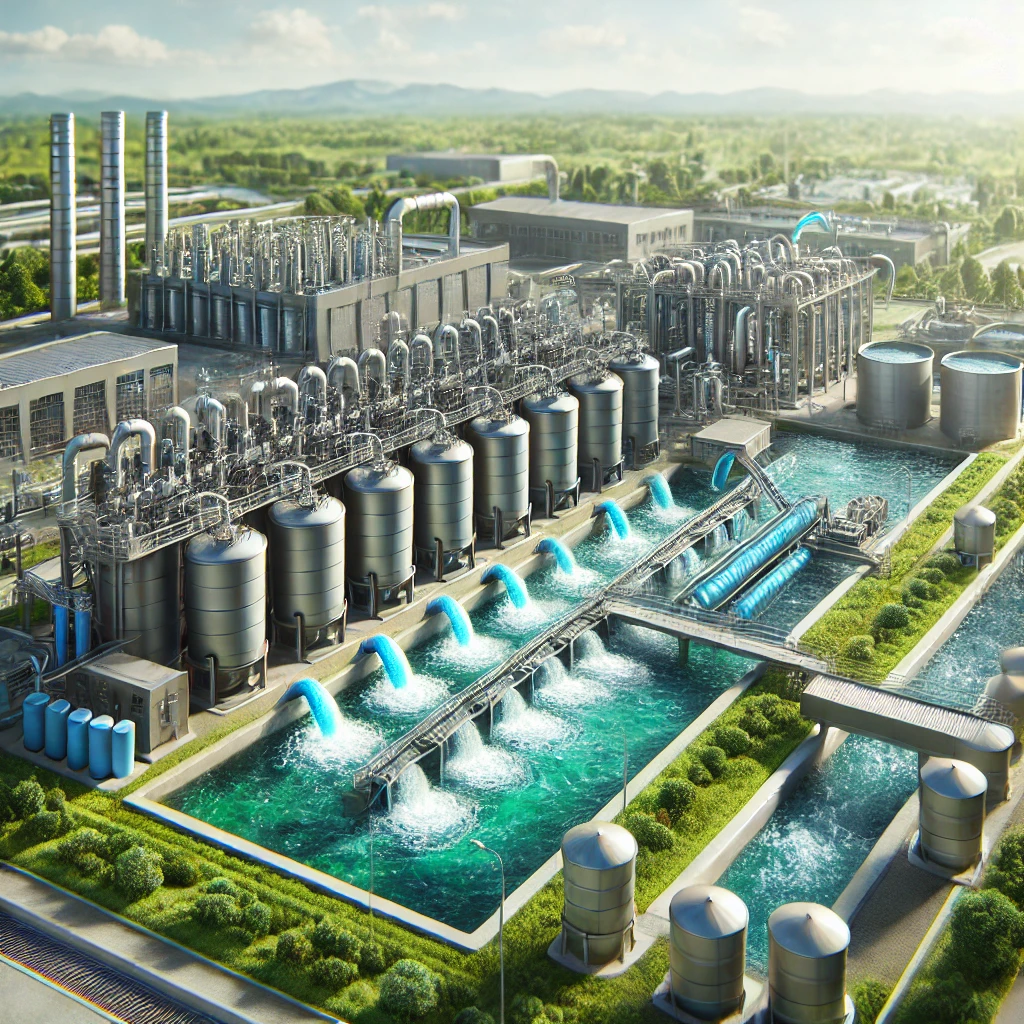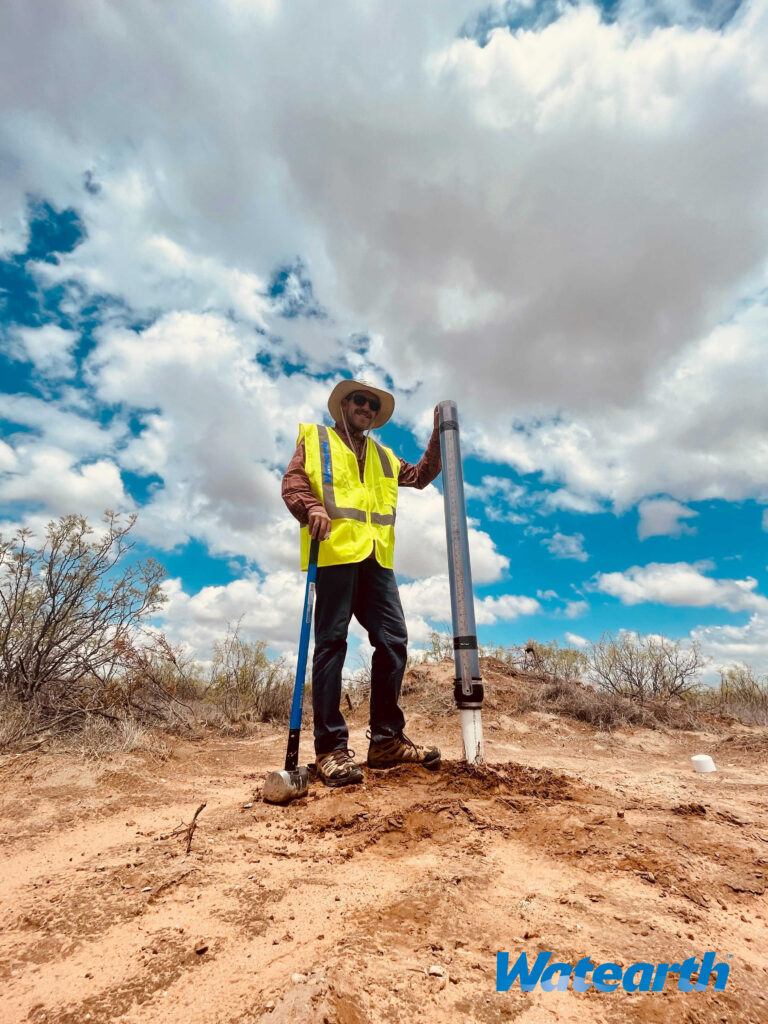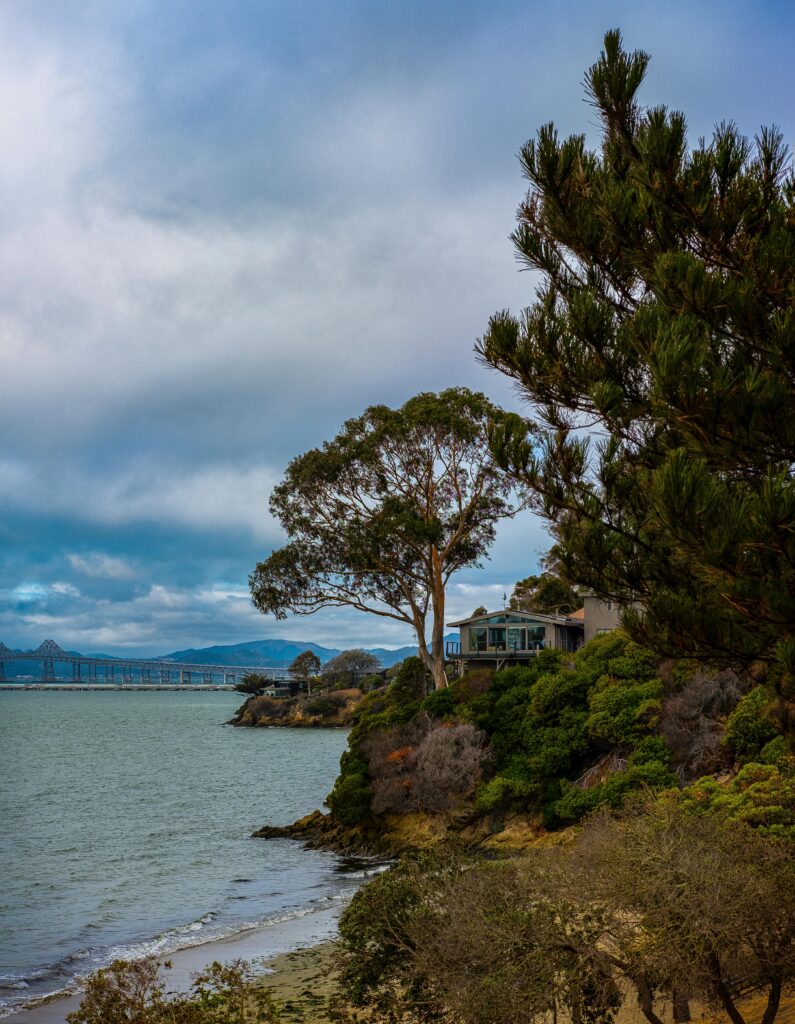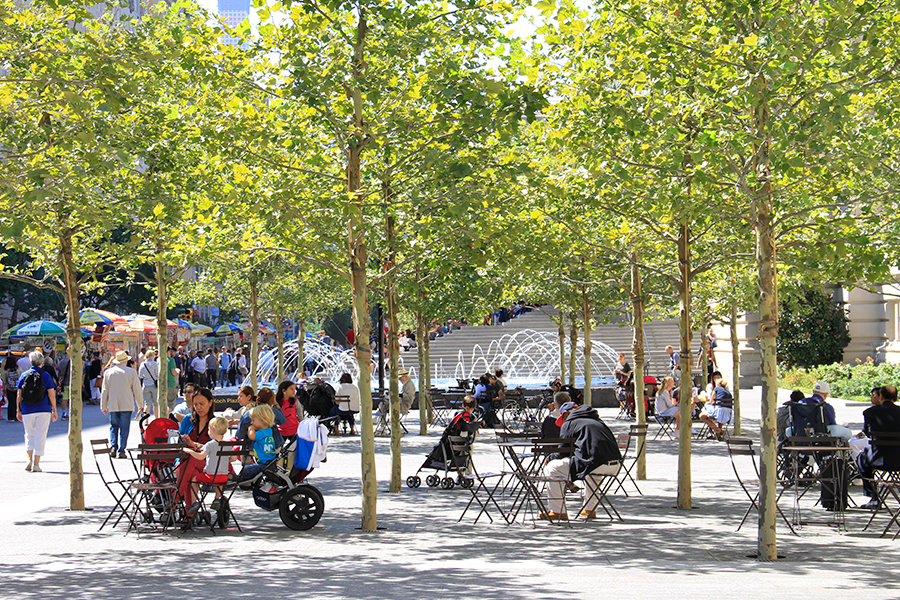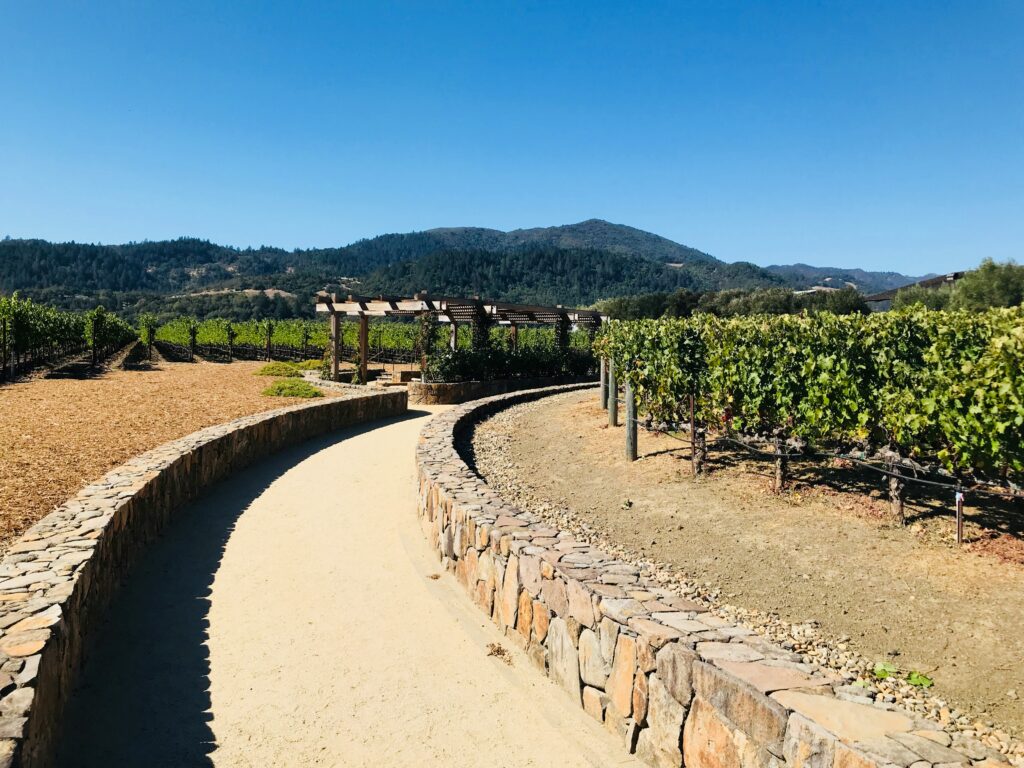Introduction
Installing sanitary sewer infrastructure beneath water bodies—like rivers, lakes, or coastal inlets—is one of the most technically demanding tasks in civil engineering. These crossings are critical to urban wastewater management but pose significant risks if not designed with precision. From potential sanitary sewer overflows (SSOs) to long-term corrosion and settlement issues, engineers must implement best practices to ensure system integrity, longevity, and public safety.
1. Material Selection: First Line of Defense
Choosing the right material is crucial. Since water crossings often occur in highly corrosive environments, traditional piping systems may not be adequate. Some common solutions include:
- Ductile Iron Pipe (DIP): With internal linings and external coatings, DIP offers excellent strength and corrosion resistance.
- High-Density Polyethylene (HDPE): Flexible, durable, and suitable for trenchless installations.
- Concrete Encasement: Used to protect pipes from both physical damage and buoyancy issues in submerged areas.
2. Alignment & Depth Considerations
Hydraulic pressure, sedimentation, and water flow require the pipe to be laid deep enough to avoid scouring but not so deep that it becomes inaccessible. Depth also helps in maintaining the right gradient for gravity-fed sewer systems.
Best practices include:
- Avoiding sharp bends to reduce pressure zones.
- Running the pipe below the lowest expected scour depth.
- Using trenchless methods like HDD (Horizontal Directional Drilling) for minimal environmental disturbance.
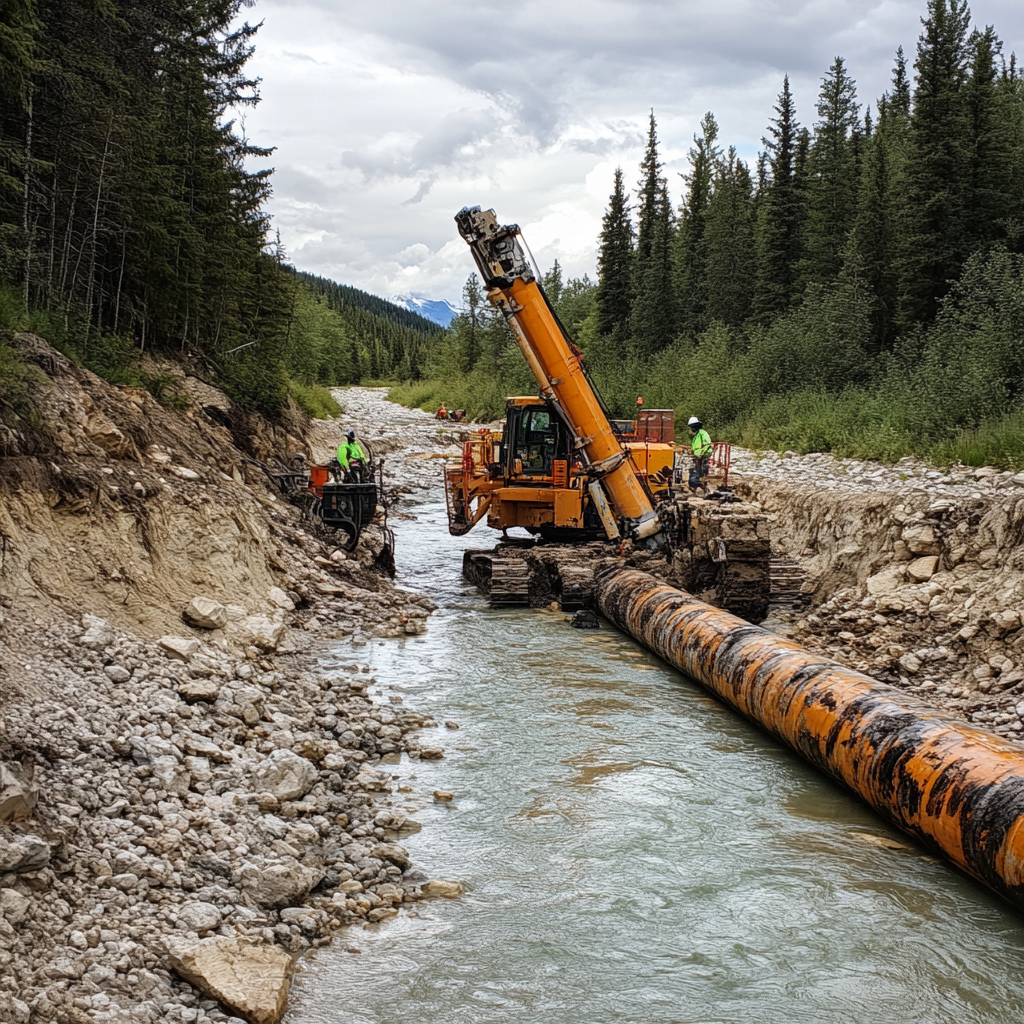
3. Redundancy and SSO Prevention
To minimize the risk of SSOs, engineers typically design:
- Dual pipes or backup systems in case one fails.
- Valves and isolation mechanisms to shut off sections during maintenance.
- Monitoring sensors to detect flow irregularities or backups.

4. Inspection, Access, and Maintenance Protocols
Regular inspection is non-negotiable. Key steps include:
- CCTV inspections post-installation and periodically thereafter.
- Access vaults or manholes at each riverbank or key intervals.
- Air testing and pressure testing prior to commissioning.
New technologies like robotic pipeline inspection and acoustic monitoring make it easier to identify early signs of wear or obstruction.
5. Environmental and Regulatory Compliance
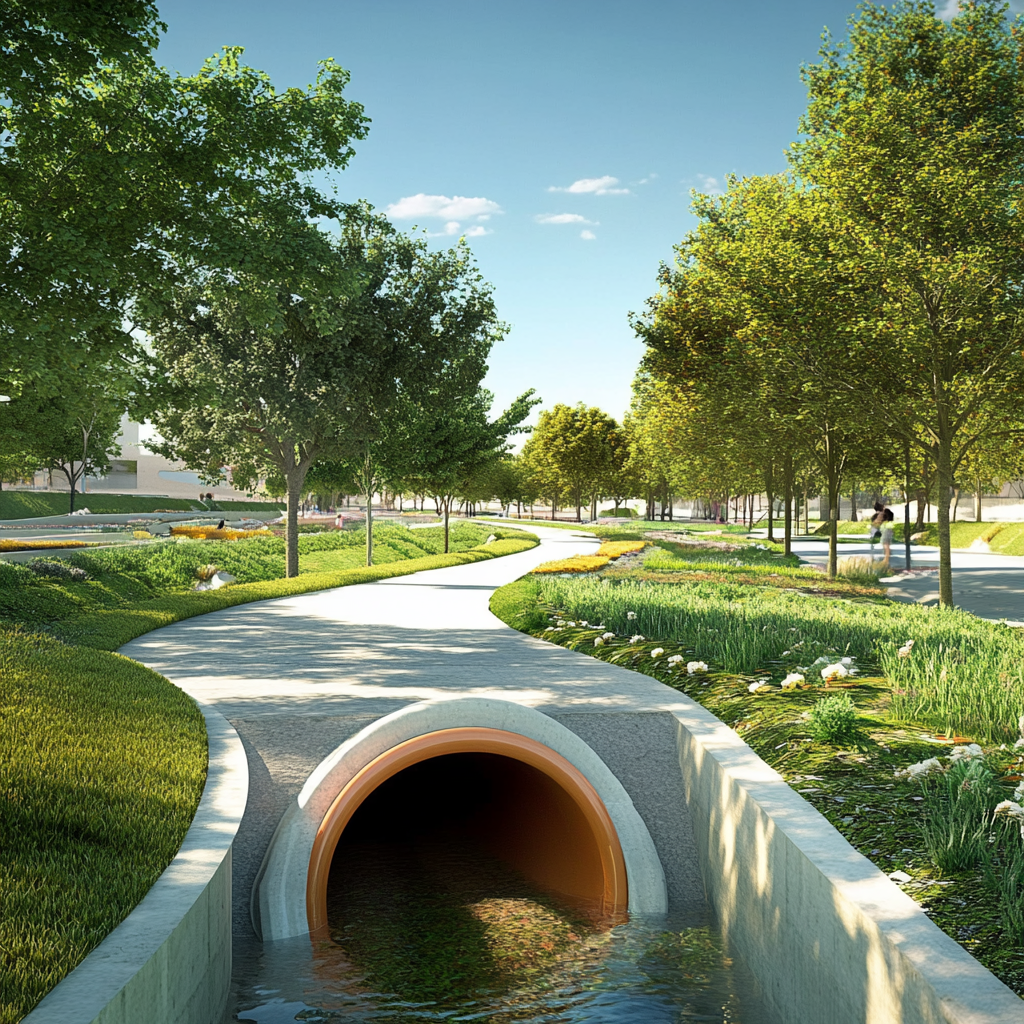
Engineers must work closely with environmental agencies (like the EPA or local water authorities) to ensure that installation methods meet all permitting requirements. These often include:
- Wetland protection guidelines.
- In-stream work timing restrictions (to avoid fish migration or spawning seasons).
- Erosion and sediment control plans.
Sanitary sewer crossings under water bodies demand a high level of technical planning and execution. By focusing on material durability, system redundancy, precise alignment, and proactive inspection strategies, engineers can build systems that perform reliably for decades—while protecting public health and the environment.
Watch full video here: https://youtube.com/shorts/KpFdwSiYt3Q
✅ Ready to future-proof your infrastructure project?
📞 Call us at 877.302.2084
🌐 Visit us at watearth.com
✉️ Email us at info@watearth.com📍 LinkedIn: linkedin.com/company/watearth 📍 Twitter: twitter.com/watearth 📍 Facebook: facebook.com/watearth 📍 TikTok: https://www.tiktok.com/@watearthinc1 📍Youtube: https://www.youtube.com/@watearth3833




